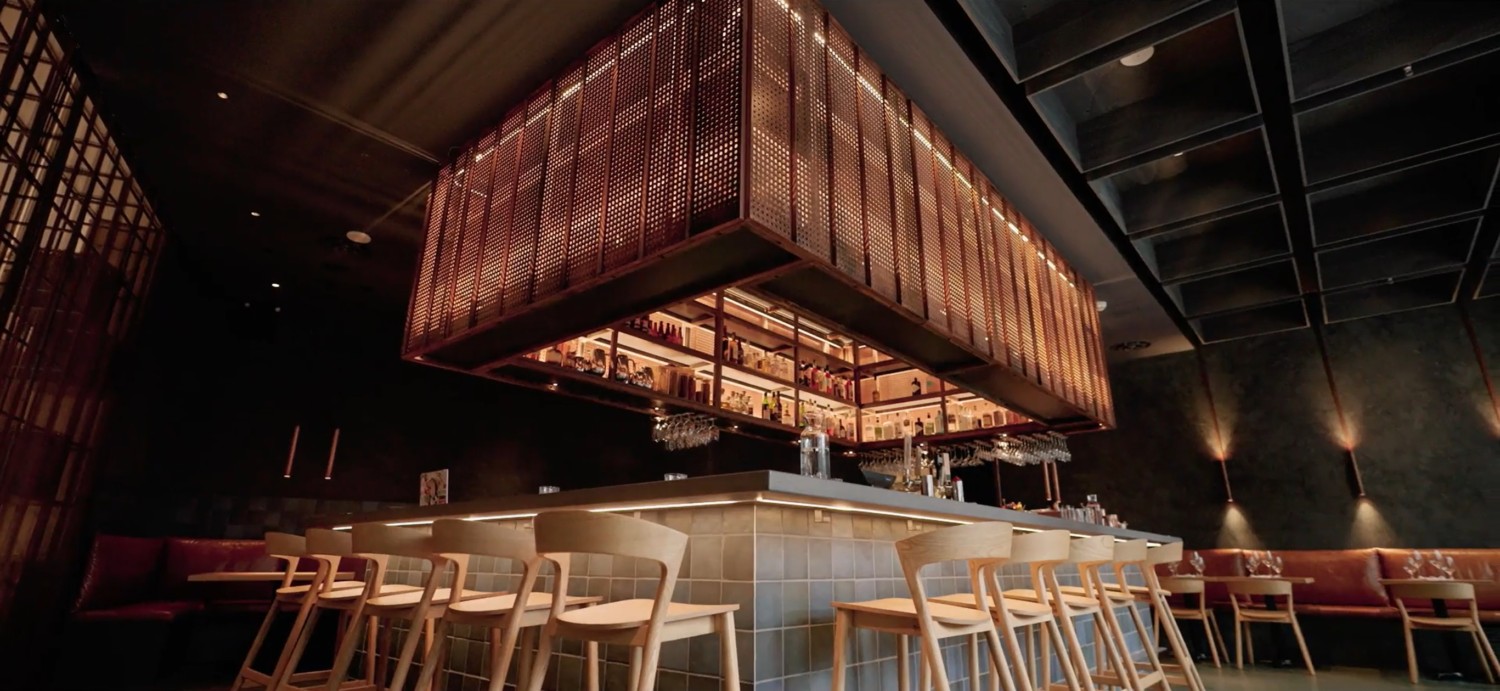
Another crucial consideration is the resolution of the cameras. The image quality determines the sharpness of the images recorded by the cameras. Increased resolution units provide clearer footage, which can be vital for recognizing individuals or license tags. Businesses should evaluate their specific requirements when choosing the image quality. For instance, a store store may need high-resolution units to monitor client interactions, while a storage facility might prioritize wider coverage over detailed detail. It is also important to think about the recording options for the captured video. Businesses can select between local recording, such as hard drives, or remote storage, which enables for off-site access video surveillance installation services and simpler management of footage data.
The positioning of the cameras is a further key consideration. Correct camera positioning can significantly improve the efficacy of a security solution. Cameras should be located to cover all entry and exit areas, as well as busy areas within the company. It is also important to think about potential blind spots where illegal activity could happen unnoticed. A professional surveillance expert can help identify the optimal locations for unit setup to maximize monitoring and reduce vulnerabilities. Moreover, businesses should think about the lighting environment in the areas where cameras will be set up. Cameras with night capabilities are essential for monitoring badly lit spaces.
Integration and integration with other surveillance solutions are also vital considerations. Many contemporary security video solutions offer features such as off-site monitoring through smartphones or PCs, which enables company managers to monitor their premises in actual time. Compatibility with alarm solutions or entry control solutions can offer a more comprehensive security system. Companies should evaluate their current security protocols and think about how a new video solution can complement or improve those protocols. This compatibility can lead to a more effective and efficient security strategy.
Finally, budget factors play a major role in selecting a surveillance camera system. Businesses must weigh the requirement for high-quality equipment with their financial limitations. It is important to research different manufacturers and types to find a system that offers the optimal value for money. While it may be appealing to select the cheapest option, investing in a dependable and long-lasting system can save costs in the long-term by lowering maintenance costs and improving safety. By carefully considering these factors, companies can select the ideal surveillance video system that meets their particular requirements and enhances their overall safety strategy.